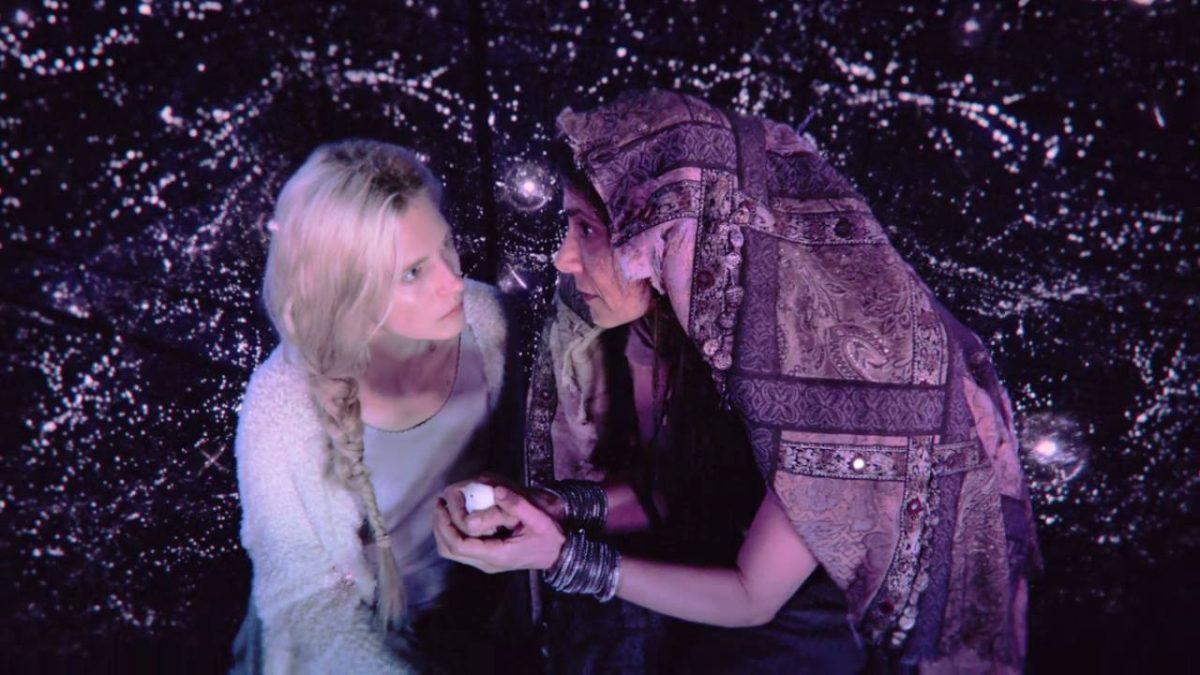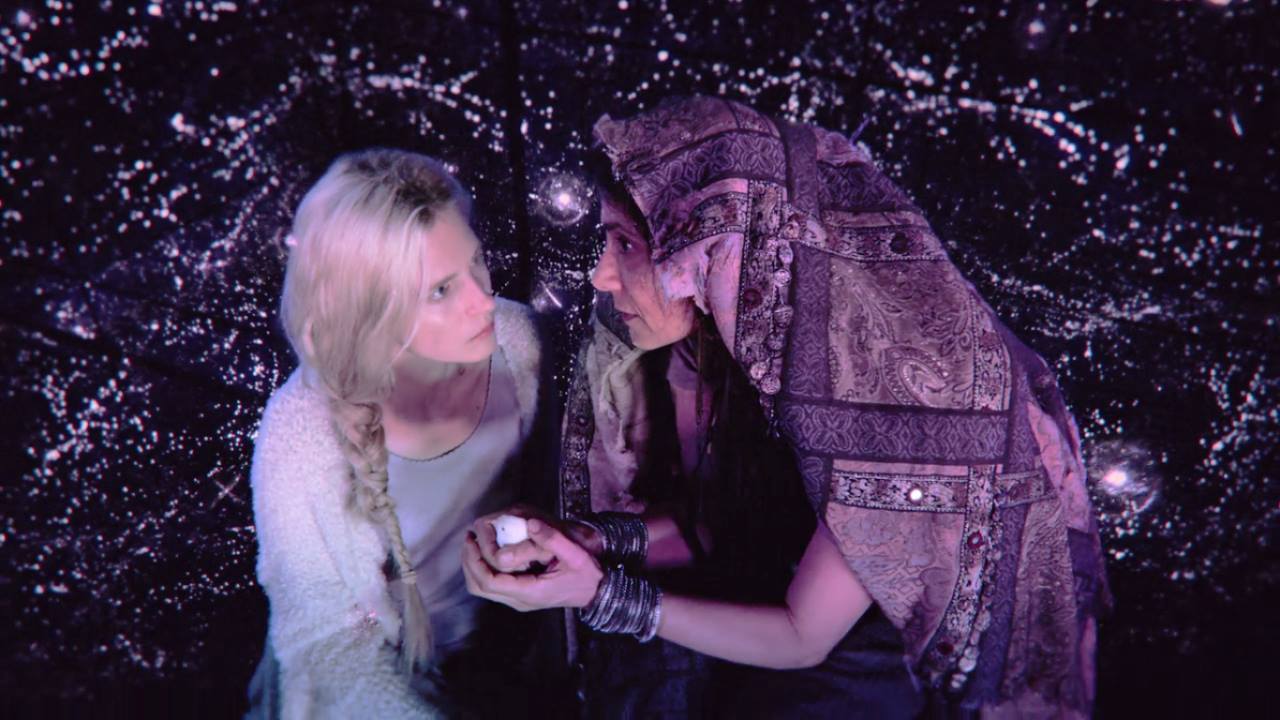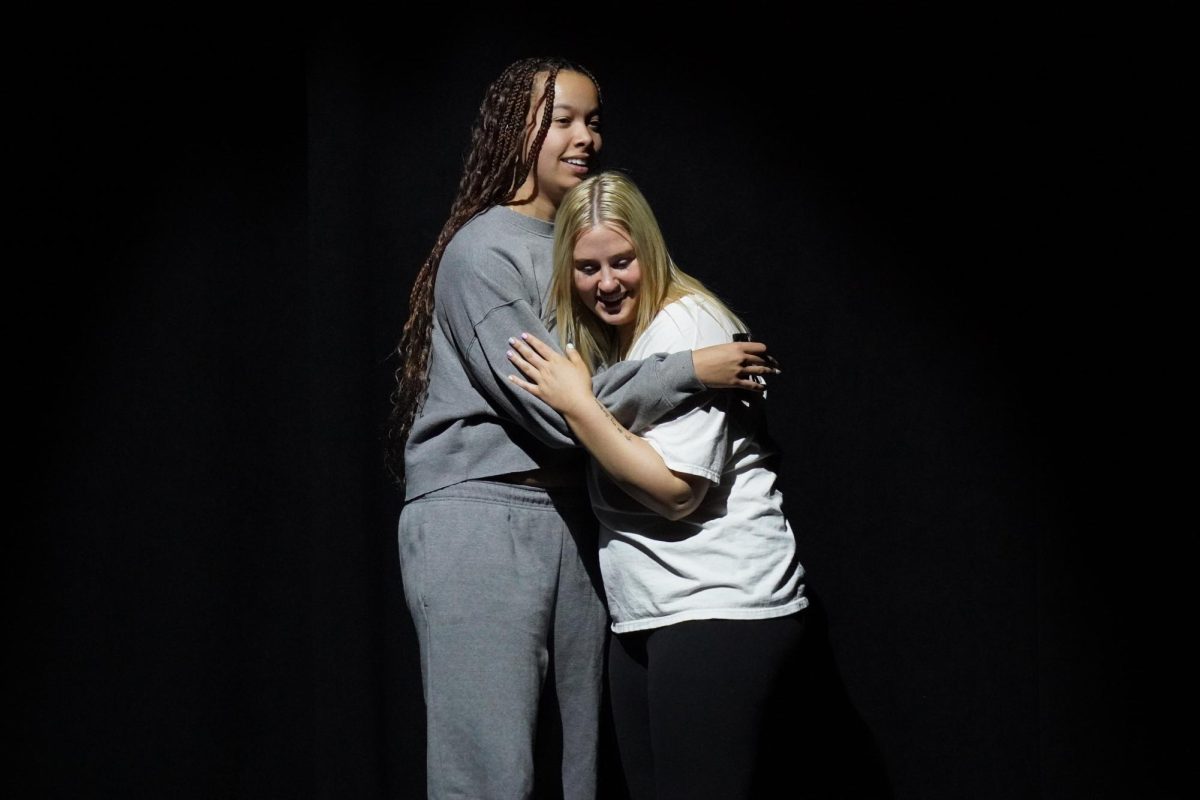facebook.com Netflix’s newest original series “The OA” was released Dec. 16, 2016.
My girlfriend excitedly exclaimed she had begun watching a new show on Netflix and eagerly encouraged me to watch it with her. This was good news, as we hardly ever find anything that we both like and usually just wind up rewatching “The Office” or “Catfish.” So I sat down and watched the first episode of Netflix’s new show “The OA,” created by Zal Batmanglij and Brit Marling which chronicles the story of a young woman who had disappeared from home and suddenly returns.
The first episode captivates as it spirals further into an impossible realm with fantastic story opportunities and hypes up the remainder of the eight part season. The last episode however, along with a few other glaring faults, might just keep viewers away from “The OA.”
The show opens to our protagonist Prairie, played by Brit Marling, in a hospital bed. She is reunited with her adopted parents who have not seen her in seven years and are astonished to learn she has been cured of her blindness; an ailment that has plagued her since they adopted her when she was a young girl. She returns home seemingly unstable, causing trouble around town and eventually gathering a team of five individuals from different walks of life that find a certain interest in her: four teenage boys and a high school teacher are chosen by Prairie, who now calls herself The OA. Prairie tells them to meet her in an old abandoned house and confides in them what she did for those seven years over a span of a couple days.
The show goes back and forth between present time and Prairie’s past, which can be frustrating at times. Prairie’s accounts of what happens while she was gone range from ethereal to nail-bitingly tense, while the present-day story can be dry. It seems as if the creator is stretching out the series and manufacturing suspense at times.
The present times are also cheapened by bouts of bad dialogue and product placement. There are times when it seems the writers don’t really know how teenagers interact with one another: in multiple scenes the teens communicate solely through Snapchat, sending each other vital information through the app. Product placement runs rampant through the show, sometimes taking the viewer out of the scene completely. Scenes are shot outside of Applebee’s and Costco numerous times, with their large, brilliant signs taking up the entirety of the background, and characters discuss the stores by name in the show. “The OA” also tends to think it’s a lot deeper than it is and often exchanges true depth with confusing concepts and plot holes.
That’s not to say the show is all bad; there are redeeming qualities. The production value of the show is fantastic, and viewers can tell a lot of work went into the incredible set design, which is well complimented by great camerawork. It’s a delight to look at, if nothing else.
The actors, especially the teenage boys, did a great job. With the exception of a few lines, the boys subtly nailed their roles and were able to capture life as a lost teenager.
All in all, “The OA” is an interesting and confusing concept that is not up to par with Netflix’s other offerings. If you’re really looking for something new to watch and have already seen “Stranger Things,” then give “The OA” a try. You’ll finish it in a couple days and probably spend just as much time looking up interpretations of the ending online than you did watching the show.





![[Both photos courtesy of sonoma.edu]
Ming-Ting Mike Lee stepped in as the new SSU president following Sakakis resignation in July 2022](https://sonomastatestar.com/wp-content/uploads/2024/04/CC4520AB-22A7-41B2-9F6F-2A2D5F76A28C-1200x1200.jpeg)



























